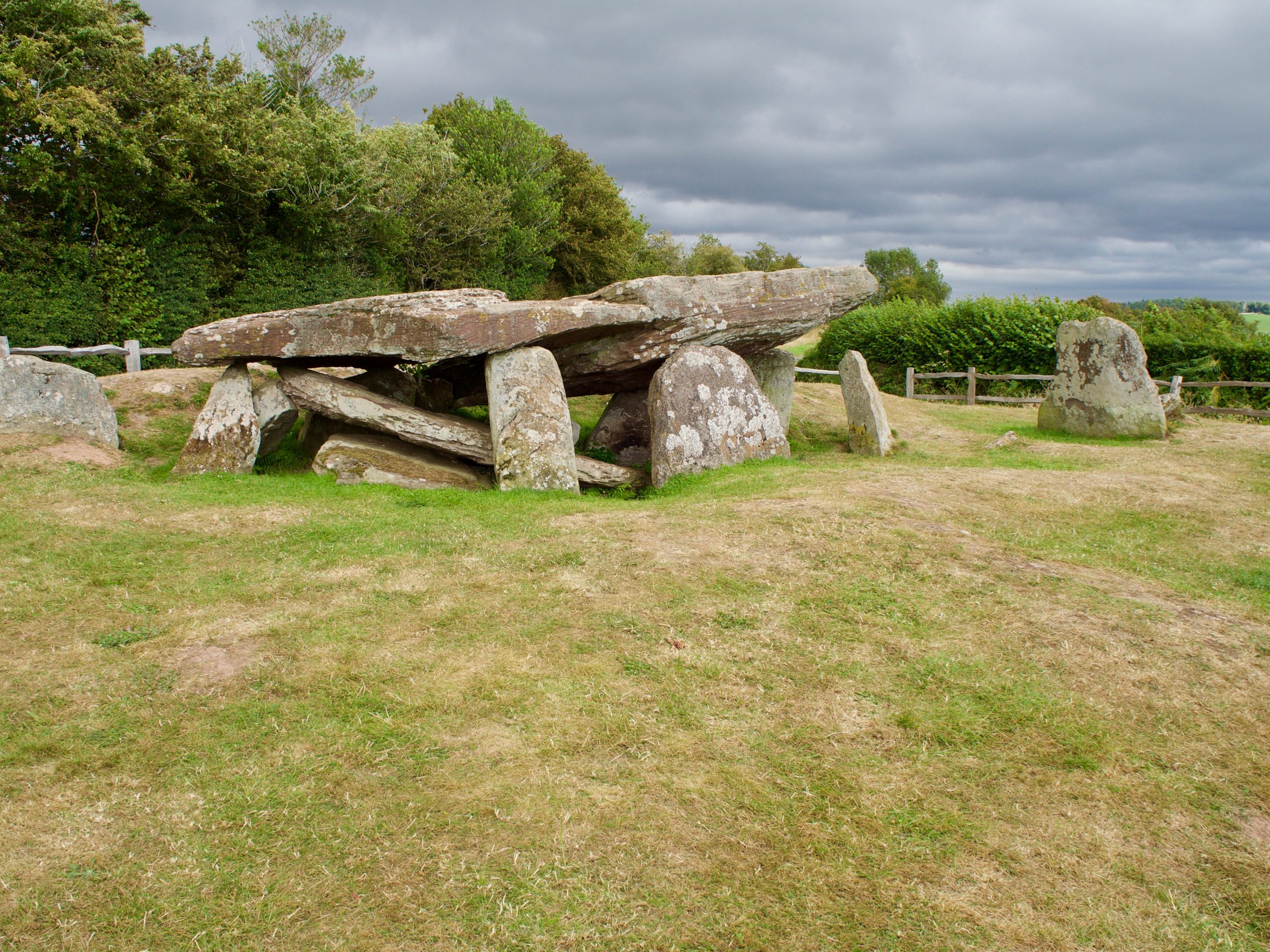A team of archaeologists from the University of Manchester are excavating the so-called Arthur’s Tomb, the tomb associated with the legendary King Arthur. The so-called Arthur’s Stone is a Neolithic stone tomb located on a hill overlooking the Golden Viceroy and Wye Valley in Herefordshire, England.
All that remains of the inner chamber are large stones that were laid in a heap, and their original size and shape remain a mystery to scientists. The chamber consists of nine vertical stones, surmounted by a huge main stone estimated to weigh more than 25 tons. The site has been associated with King Arthur since 3700-2700 BC and since the thirteenth century AD. The ruler (Arthur in English, Artus in Latin) is a British monarch, if present, who ruled at the end of the fifth century and the beginning of the sixth century (about 496-537).
According to legend, Arthur instantly defeated a titan, which, when it fell to the ground, left a mark in the so-called Quoit Stone.
On the other hand, other legends claim that the tomb is a sign of one of Arthur’s great battles, but they also say that Arthur left stones there when he knelt to pray. Based on the latest research, experts believe that the author of Chronicles of Narnia, C.S. Lewis, also referred to Arthur’s Stone (or Arthur’s Stone) when he wrote about the place where the lion Aslan was sacrificed according to the story.

As part of a joint project between English Heritage and the University of Manchester, the archaeologists will first remove the turf to reveal the layers to record the archaeological remains.Researchers conducted excavations south of the monument, which revealed that Arthur’s Stone may have originally extended into a field to the southwest and took the form of a low grass mound with a rounded end.
Arthur Stone is one of the most important Stone Age monuments in the country, and these excavations can now provide a truly rare and exciting opportunity for the general public to come and see our ‘live’ archaeological work. Said Jenny Slade, Director of Volunteers at English Heritage Heritage Online scientific portal.

He added that they hope that recent excavations will reveal archaeological remains from the same area and similar artifacts, such as remains of incomplete skeletons, flint tools, arrowheads and pottery. Experts say this could provide new insights into the tomb’s construction process, but could also allow the team to understand and unravel the original size, shape, and supposed secrets of the Arthur Stone.






